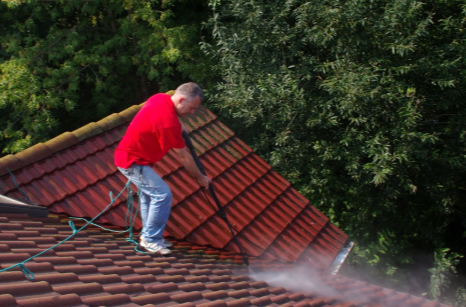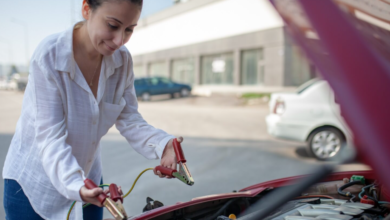What’s the best way to clean a roof

Keeping your roof clean is not just about improving curb appeal—it plays a vital role in maintaining the longevity and efficiency of your home. Over time, roofs collect dirt, moss, algae, leaves, and other debris that can lead to damage if not addressed. These buildups can trap moisture, weaken shingles, and cause water to seep into the structure. Understanding the best way to clean a roof ensures you protect your investment while keeping your property looking its best. Among the various methods available, pressure washing is one of the most talked-about options, but it must be approached with care.
Pressure washing can be highly effective at removing stubborn dirt, moss, and stains from roofing surfaces. Its power allows for a deep clean that restores the original appearance of the shingles. However, it’s not a one-size-fits-all solution. The method and intensity used must be tailored to the type of roof material to prevent accidental damage. Asphalt shingles, for instance, require a gentler approach compared to metal or tile roofs. Using the wrong pressure setting can strip protective granules from shingles, leading to reduced lifespan and increased vulnerability to the elements.
Before starting any cleaning process, assessing the condition of the roof is essential. Older or damaged roofs may not withstand the force of pressure washing, making a soft washing technique more suitable. Soft washing combines low-pressure water with specialized cleaning solutions that break down dirt and kill algae or mold at the root. This approach is particularly useful for delicate materials and can help prevent regrowth, keeping the roof cleaner for longer.
One of the biggest benefits of pressure washing, when done correctly, is its speed and efficiency. Moss, lichen, and algae can be notoriously difficult to remove by hand, but a targeted spray can eliminate them in minutes. These growths are not only unsightly but can also retain moisture against the roof’s surface, leading to gradual deterioration. Removing them promptly helps maintain the integrity of the roofing material and prevents costly repairs down the road.
Safety should always be a top priority when cleaning a roof. Working at heights while handling equipment like a pressure washer can be dangerous for those without proper training. Wet surfaces become slippery, and the risk of falls is high. This is why many homeowners prefer to hire professionals who have the expertise, equipment, and safety gear needed to handle the job effectively.
Environmental considerations also come into play. The runoff from pressure washing can contain cleaning chemicals, dirt, and organic debris, which may affect surrounding landscaping or enter storm drains. Using eco-friendly cleaning solutions and controlling water flow can minimize environmental impact while still achieving a thorough clean.
Another factor to keep in mind is timing. The best seasons for roof cleaning are typically spring and fall, when weather conditions are milder and the roof is less likely to be wet or icy. Cleaning during these periods also prepares the roof for harsher weather conditions, whether it’s the heat of summer or the cold and snow of winter.
While pressure washing remains a powerful method for restoring a roof’s appearance and functionality, it’s important to match the cleaning approach to the roof type, age, and condition. Combining careful technique with the right tools ensures a thorough clean without compromising the roof’s durability. A well-maintained roof not only enhances the beauty of a home but also extends its lifespan, giving homeowners peace of mind that their property is protected from the top down.
In the end, the best way to clean a roof is the one that balances effectiveness, safety, and preservation of the material. Whether that means gentle pressure washing or a softer approach, regular maintenance will keep your roof looking sharp and performing at its best for years to come.
Read Also: How does acoustic leak detection technology make non-invasive leak tracing possible?





